Early Origins of Black Theater
The origins of black theater in America can be traced back to the slave trade and the continuation of African performance traditions. Some of these traditions included the oral telling of folktales, improvisation, songs and dances like the get down and ring shout.
In the early years of the slave trade, Africans were only able to put on private performances at plantations and the homes of their owners. The first black characters to appear on stage, in the 17thand 18thCenturies, were white people wearing ‘blackface’ make up. They would appear at intervals in white productions as comic relief, usually playing dim-witted servants.
The use of blackface characters grew in popularity in the 1820s and so-called teams of ‘Ethiopian delineators’ would put on performances consisting of comic skits, variety acts, dance and ‘Negro Songs.’ The African characters were portrayed as racist caricatures: lazy, buffoonish, superstitious and stupid. The performances were usually burlesque and aimed at a low-brow audience but they soon infiltrated the opera house, first as entr’actes and eventually taking over completely to become America’s first national art form.
Meanwhile, in New York, a free black man from the West Indies, William Henry Brown, attempted to get a genuine black theater company off the ground. His African Grove Theater performed Shakespeare plays and launched the career of Ira Aldridge but was quickly shut down by the authorities on trumped up charges of boisterous behavior. The theater burned down five years after it first opened its doors. During the African Grove’s brief existence, Brown is believed to have published the first ever play by a black playwright, ‘The Drama of King Shotaway’but no copies of this play are known to exist.
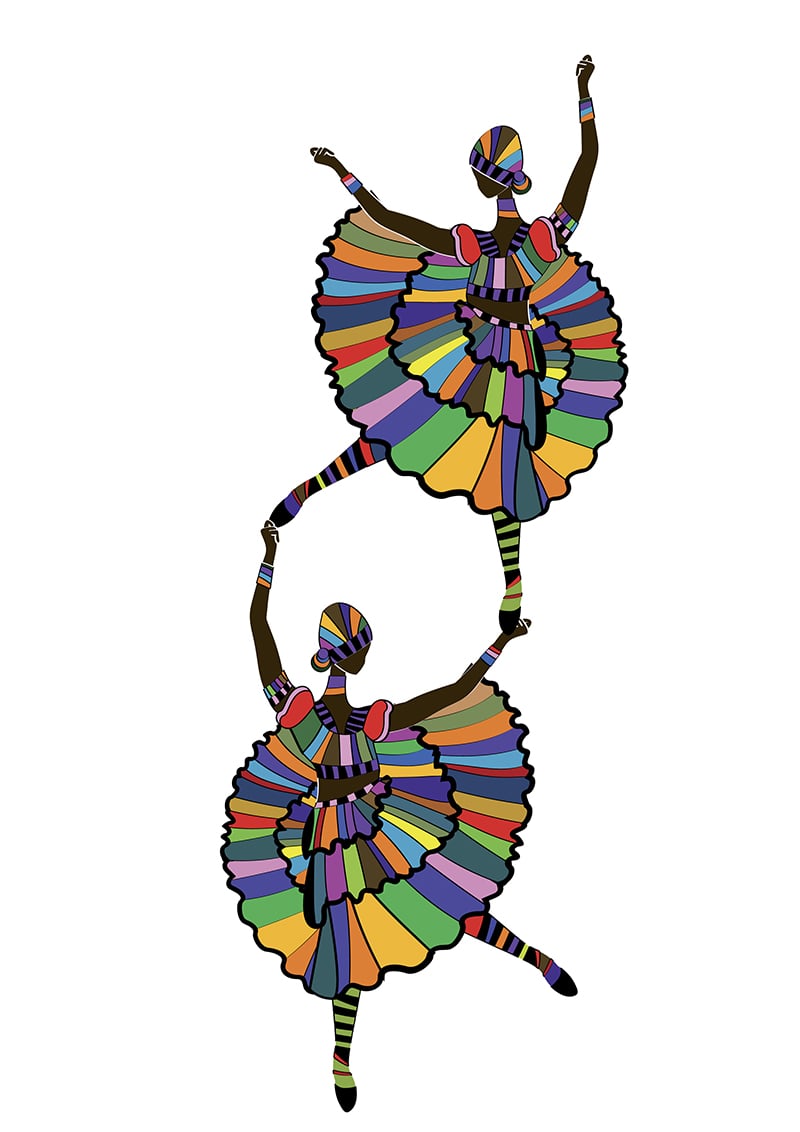
The Rise and Fall of Minstrelsy
In 1841, Dan Emmett and Frank Brower, blackface performers with the Cincinnati Circus Company, became friends. Two years later they formed the Virginia Minstrels with two other blackface comedians, Dill Whitock and Dick Pelham. They were the first real minstrelsy troupe, performing full-length concerts.
In 1845, the Ethiopian Serenaders appealed to a more refined audience by cutting out some of the bawdy elements of minstrelsy but it was the Christy’s Minstrels who were responsible for establishing the three-act formula which came to define minstrelsy shows. The first act would begin with song, dance and tambourine music; the second act put on variety performances, including the popular stump speech and a final act featured a sketch about life on the plantation.
By the 1850s, the subject matter of the minstrelsy shows was becoming nastier, reveling in depictions of the racist and sexual abuse that occurred on plantations. However, when the abolitionist novel ‘Uncle Tom’s Cabin’ was published in 1852, illustrating the real plight of slaves, the pro-slavery minstrelsy shows reacted by focusing once more on the myth of the idyllic plantation lifestyle. But by that time the wheels of the impending American Civil War were already in motion.
Three years before the war, William Wells Brown, an abolitionist lecturer and novelist, published ‘The Escape,’also named, ‘A Leap for Freedom.’This is regarded as the first black play ever published.
Following the civil war, genuine blacks became regularly involved in Ethiopian Minstrelsy although they would generally follow the same conventions as the whites, including applying blackface. These included Bahamian-American Bert Williams and African-American George Walker who formed the Williams and Walker Co.
By the turn of the century, minstrelsy was on the wane as the middle classes turned to the cleaner entertainment of vaudeville. Meanwhile, the first Broadway musical to feature an all-black cast premiered in 1898. Composer Will Marion Cook and librettist Paul Laurence Dunbar collaborated on the play ‘Clorindy’, also known as ‘The Origin of the Cake Walk’, and eventually persuaded the manager of the Casino Theatre’s Roof Garden to present it. The play starred the famous performer Ernest Hogan and was a hit.
In 1903, Bert Williams and George Walker starred together in ‘In Dahomey’, another Cook and Dunbar production and the first all-black musical comedy to play in a major Broadway theater.
In 1907, Ernest Hogan became the first African American to both produce and star in a Broadway production when he presented ‘The Oyster Man’, a show often credited with popularizing the musical genre of ragtime.
In 1916, Angelina W. Grimke’s ‘Rachel’became the first play authored by a black person and featuring a black cast to be presented to a mixed audience. The play, which painted a bleak picture of racial discrimination, was a success but black theater still had a long way to go.
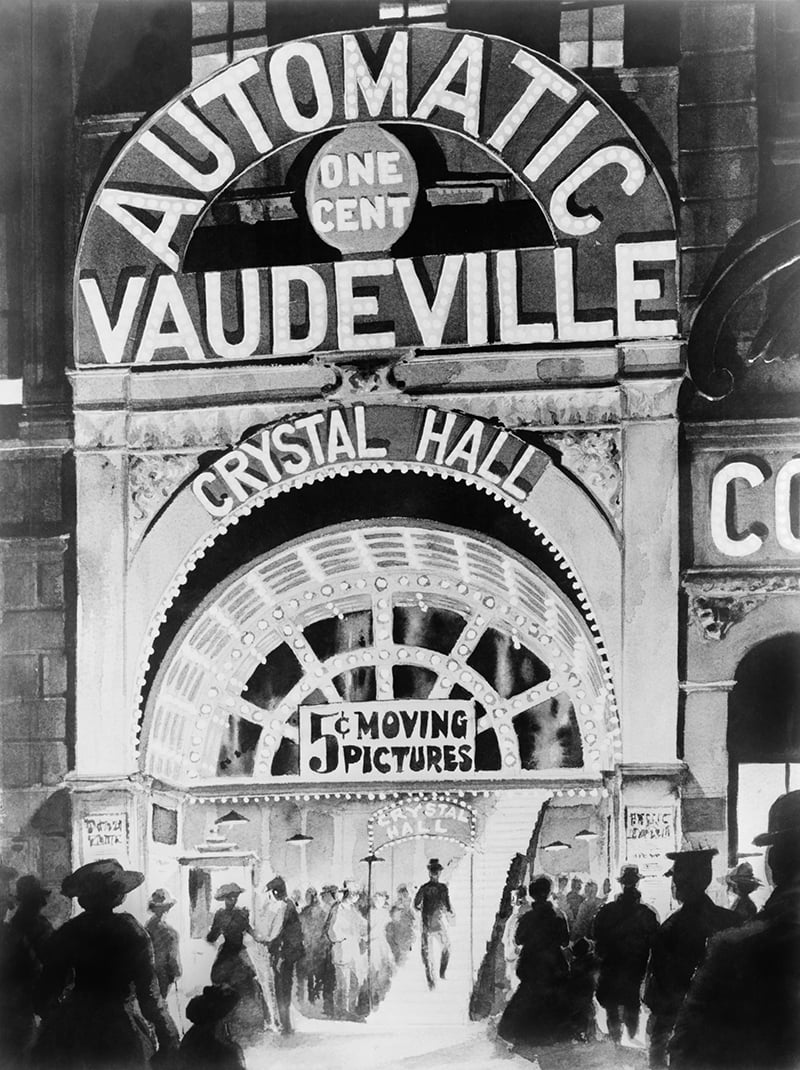
From 1916 to 1940: The Flourishing of Black Theater
The first wave of the Great Migration, which started in 1916, saw around 1.6 million African Americans move northwards to the cities of the Northwest and Midwest. In Harlem, New York, this movement became combined with a separate immigration of people of African descent coming over from the Caribbean.
As the white middle classes moved away northwards, Harlem became an African American neighborhood and the birthplace of the New Negro Movement, a flourishing of black middle class literature later termed the Harlem Renaissance.
This period saw African Americans create numerous experimental groups and theater companies in major cities like Chicago, Washington D.C. And, of course, New York. The Harlem Renaissance also saw Broadway present the first play to feature an all black cast: Ridgely Torrence’s ‘Three Plays for a Negro Theatre’(1917). The plays were performed at both the New York’s Garden City and Garrick theaters.
According to author and civil rights activist James Weldon Johnson, this was the single most important event in the entire history of black theatre. In 1921, Eubie Blake and Noble Lee Sissle presented ‘Shuffle Along’to a Broadway audience. The musical was hugely popular and showed more than 500 times. It introduced Paul Robeson, an influential artist and civil rights activist, to the world.
Nevertheless, it was another six years before Garland Anderson’s ‘Appearances’(1925) became the first play of black authorship to make the Broadway stage. African American poet Langston Hughes’ ‘Mulatto: A Tragedy of the Deep South’(1935), produced and directed by Martin Jones, was the first play of black authorship to receive widespread success.
Over the next two decades, African Americans continued to set up various professional and community theaters and launch the careers of exciting new actors such as Ossie Davis and Ruby Dee. The short-lived Ethiopian Art Theatre (1922-1925) presented European theatrical works written by African American playwrights.
The Federal Theatre Project, launched in 1935 with the aim of supporting racial integration, facilitated the opening of the American Negro Theater (ANT) by the actors Abram Hill and Frederik O’Neal. The ANT produced 19 plays in 9 years. The FTP’s Negro Unit also supported left-leaning political playwright Theodore Ward as he created his first full-length production, ‘Big White Fog’(1938), in Chicago.
Concerned by the increasingly controversial themes of its productions, Congress shut down the FTP, prompting Ward to move his play Off-Broadway to Harlem’s Lincoln Theatre as the first play under his new project: the Negro Playwrights’ Company.
A year later, America entered World War II and African Americans were drawing uncomfortable parallels between the Nazism America was fighting abroad and the racism that they experienced at home. The black theater of the post-World War period would increasingly challenge this contradiction.

Post World War II: A Change in Style
Following the war, African Americans were beginning to move towards a more progressive and radical – even militant – stance towards the majority white culture. This was reflected in 1940s and 1950s black theater with plays such as Lorraine Hasburg’s ‘A Raisin in the Sun’ commenting on the difficulties of preserving identity in a racist culture.
At the same time, there was a brief boom in Broadway musicals featuring all black casts. This had started back in 1940 when Vernon Duke put on ‘Cabin in the Sky’, a parable of life for African Americans in the South. Then, in 1943, Oscar Hammerstein presented a successful version of the opera ‘Carmen’(‘Carmen Jones’), also set in the American South.
In 1946, the revue ‘Call Me Mister’focused on returning American troops and featured a song bemoaning the racism that prevented a successful serviceman from being employed in his own country. That same year, Harold Arlen and Jonny Mercer presented ‘St Louis Woman’, a musical based on the novel ‘God Sends Sunday’which was written by African American author Arna Bontemps. The production was beset with problems from the outset though, receiving criticism from the National Association for the Advancement of Colored Peoples (NAACP) for offering roles which ‘detracted from the dignity of our race.’ The leading lady, Lena Horne, agreed with the assessment and pulled out of the musical. The show flopped yet ironically, Arlen’s song ‘Come Rain or Come Shine’was so popular it broke into the top 20 of the pop charts.
In 1947, German composer Kurt Weill and Langston Hughes worked together on the first major interracial Broadway collaboration: ‘Street Scene’(1947). To ensure the authenticity of the music, Hughes took Weill to Harlem nightclubs and introduced him to the latest jazz and blues idioms. The black-themed musicals ‘Finian’s Rainbow’(1947) and ‘Lost in the Stars’ (1949), another Weill production, also made the Broadway stage in this period.
Unfortunately, the black musical vogue passed and Broadway became white-dominated again for the next few decades.
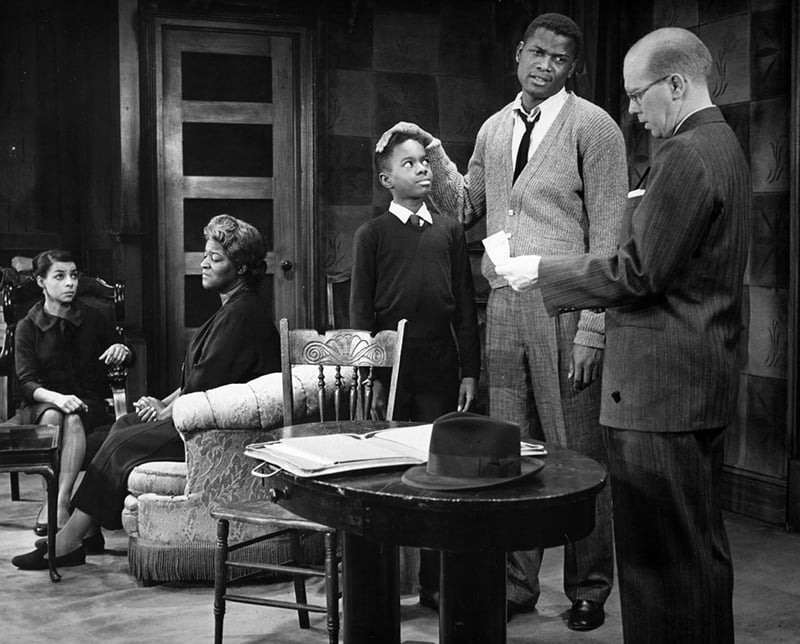
Taking on the Mainstream Culture in the 1960s and 1970s
An increasingly angry black rights movement found its natural home in the growing Off-Broadway movement where experimental and controversial plays could be more easily shown.
Two of the biggest names in black theater from the 1960s and 1970s were Everett LeRoi Jones and Ed Bullins who both became fierce proponents of the Black Arts Movement following the assassination of civil rights activist Malcolm X in 1965. Prior to this, Jones had won an Off-Broadway (Obie) award for his hard-hitting play ‘Dutchman and the Slave’ (1964) which is set on a New York subway and centers on a dialogue between a white woman Lulu and black man Clay.
Following Malcolm X’s assassination, Jones moved to Harlem, changed his name to Amiri Baraka and set up the Black Arts Repertory Theater as the home for a new Black Arts Movement (BAM), the so-called ‘aesthetic and spiritual sister’ to the Black Power political movement.
While companies such as the Negro Ensemble Company (NEC) continued to look to integration as the solution to racial tensions, Baraka and his fellow BAM playwrights believed that equality could only come about through creating a strong and powerful black aesthetic that stood in opposition to the dominant white culture.
As such, activists would often protest against NEC plays, accusing the company of ‘taking white money’ and producing the work of white playwrights.
Inspired by ‘Dutchman’, Ed Bullins joined the BAM cause and became one of the most prolific playwrights of the 1960s and 1970s. His plays, which often incorporated street lyricism and focused on racial and political tensions, include ‘In the Wine Time’ (1968), ‘Goin a Buffalo’(1968), ‘The Gentleman Caller’(1969) and ‘The Taking of Miss Janie’(1975).
Much of the output of the BAM (including ‘The Taking of Miss Janie’) exploited the imagery of sexual aggression against women which complicated the relationship black women had with the feminist movement. This issue was dramatized in Adrienne Kennedy’s 1964 play, ‘Funnyhouse of a Negro.’
The 1970s saw black musicals return to Broadway with Melvin Van Peebles’ ‘Ain’t Supposed to Die a Natural Death’(1971) and Charlie Smalls’ ‘The Wiz’(1975) among the most popular. ‘The Wiz’, based on Frank Baum’s ‘Wizard of Oz’ran for four years and won seven Tony awards, including that year’s best musical.
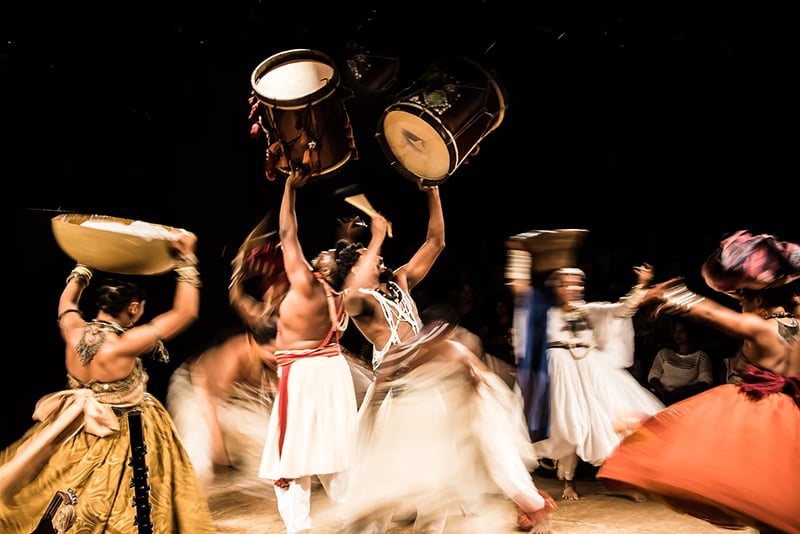
Black Theatre from the 80s to the 90s
During the late 1960s, BAM activist August Wilson co-founded the Black Horizons Theatre in Pittsburgh. It took until 1984 for Wilson to present a play on Broadway. ‘Ma Rainey’s Black Bottom’showed at the Cort Theatre as the first of Wilson’s 10-play Pittsburgh Cycle which charted the lives of various characters from the 1920s to the 1990s.
Wilson’s most successful Broadway plays were ‘Fences’(1987), which was set in the 1950s and focused on a conflict between father and son, and ‘The Piano Lesson’(1990), set in the 1930s and featuring a family’s mixed feelings over an heirloom. Both plays were awarded Pulitzers.
The August Wilson Theatre became the first Broadway theater to bear an African-American’s name when the Virginia Theatre was renamed after him in 2005, two weeks after his death.
Another highly acclaimed African-American playwright to make his mark on Broadway towards the end of the 20thCentury was George Wolfe. His first Broadway play, ‘Jelly’s Last Jam’ (1992) was performed at the Virginia Theatre. Wolfe is mainly associated with his Tony award-winning plays ‘Angels in America: Millennium Approaches’(1993) and ‘Bring in ‘da Noise, Bring in ‘da Funk’(1996).
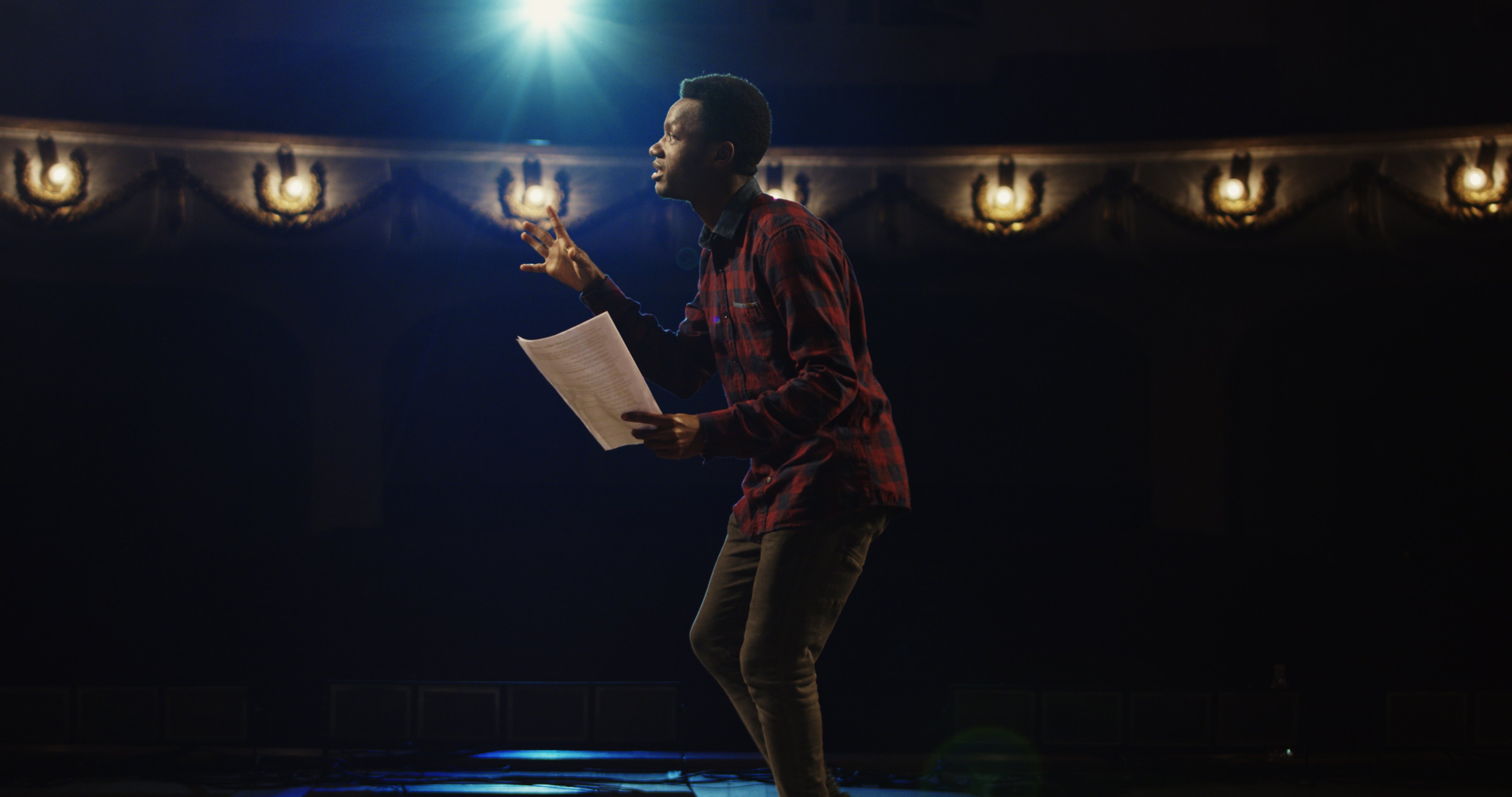
The State of Black Theatre in the 21stCentury
The turn of the century finally saw an African-American woman win a Pulitzer with Suzan Lori-Parks’ play ‘Top Dog/Underdog’ (2001).
More recently, black actors have been playing leading roles which have been traditionally portrayed by whites. These include Noma Dumezweni as Hermione Grainger in ‘Harry Potter and the Cursed Child’ (2015); Christiani Pitts as Ann Darrow in ‘King Kong’(2018); Jelani Alladin as Kristoff in ‘Frozen’(2018) and Brittney Johnson as the first black woman to play Glinda the Good Witch in ‘Wicked’(2019), another adaptation of ‘Wizard of Oz.’
However, critic of black representation on Broadway have pointed out that only three plays in the 2018/19 season directly spoke to the black experience.
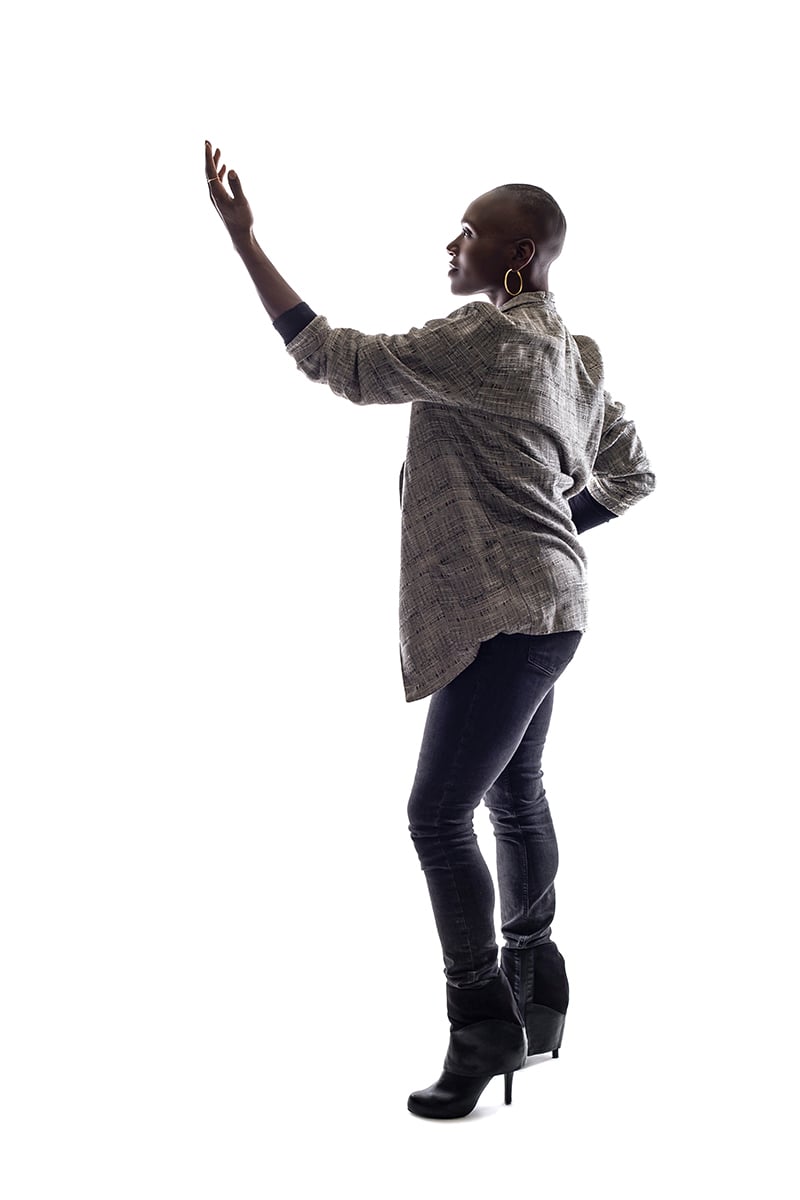
Notable Black Shows
Finally, we summarize some of the key plays which have shaped black theater in America from the early 19thCentury to the current day.
The Drama of King Shotaway – William Henry Brown (1823)
Thought to be the first ever play produced by a black playwright. No copies exist.
The Escape/A Leap for Freedom – William Wells Brown (1858)
The first play produced by a black playwright that is still in existence.
Clorindy/The Origin of the Cakewalk – Paul Laurence Dunbar/Will Marion Cook (1898)
The first Broadway musical to feature an all-black cast.
In Dahomey – Paul Laurence Dunbar/Will Marion Cook/Jesse Shipp (1903)
The first all-black musical comedy to play in a major Broadway theater
The Oyster Man – Ernest Hogan (1907)
Hogan was the first African American to both produce and star in a Broadway production.
Rachel – Angeline W. Grimke (1916)
The first play authored by a black person and featuring a black cast to be presented to a mixed audience.
Three Plays for a Negro Theatre – Ridgely Torrence (1917)
The first Broadway play to feature an all black cast
Shuffle Along – Eubie Blake/Noble Lee Sissle (1921)
Hugely popular Broadway musical featuring Paul Robeson and shown more than 500 times.
Appearances – Garland Anderson (1925)
The first Broadway play of black authorship
Mulatto: A Tragedy of the Deep South – Martin Jones (1935)
Written by Langston Hughes, Mulatto was the first play of black authorship to receive widespread success.
Big White Fog – Theodore Ward (1938)
A play about the fictional Mason family and depicting the emerging conflict between African American integrationist and nationalist sympathies.
A Raisin in the Sun – Lorraine Hansbury (1959)
A Broadway play commenting on the difficulties of preserving African American identity in a racist culture.
Street Scene – Kurt Weill/Langston Hughes (1947)
First major interracial Broadway collaboration
Dutchman and the Slave – LeRoi Jones (1964)
Hard-hitting off-Broadway play centering on a dialogue between a white woman Lulu and black man Clay. Jones received an Obie and later changed his name to Amiri Baraka.
The Wiz – Charlie Smalls (1975)
A Broadway musical based on the Wizard of Oz, The Wiz won seven Tony awards including Best Musical.
Ma Rainey’s Black Bottom – August Wilson (1984)
First of Wilson’s 10-play Pittsburgh Cycle which charted the lives of various characters from the 1920s to the 1990s.
Top Dog/Underdog – Suzan Lori-Parks (2001)
First African-American female playwright to win a Pulitzer Prize.


